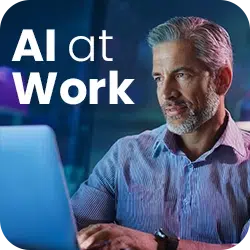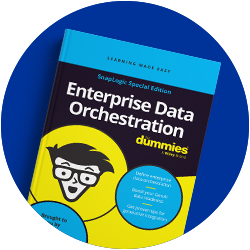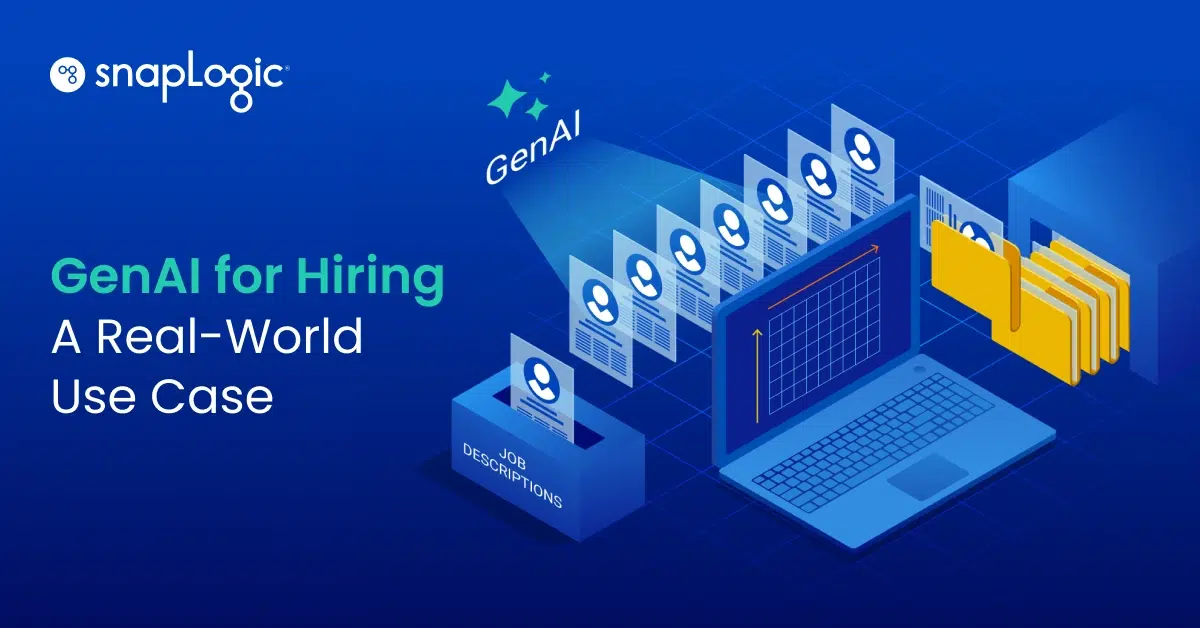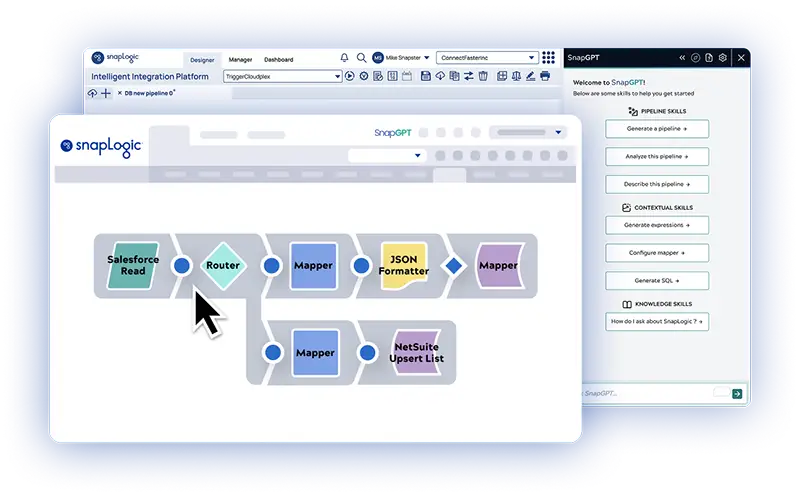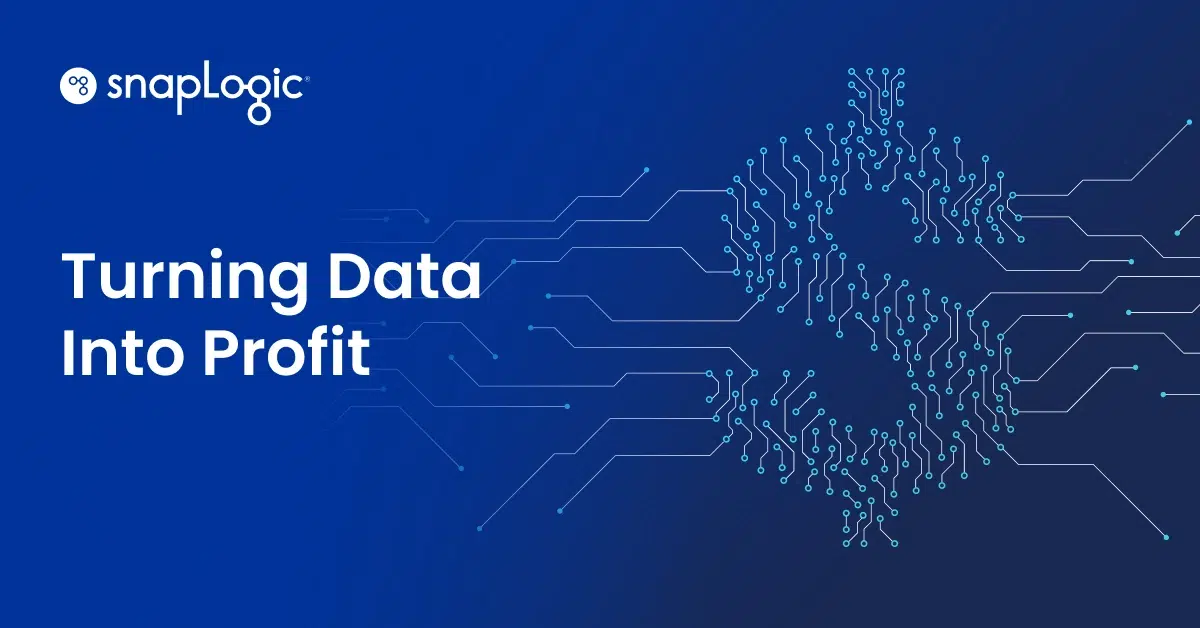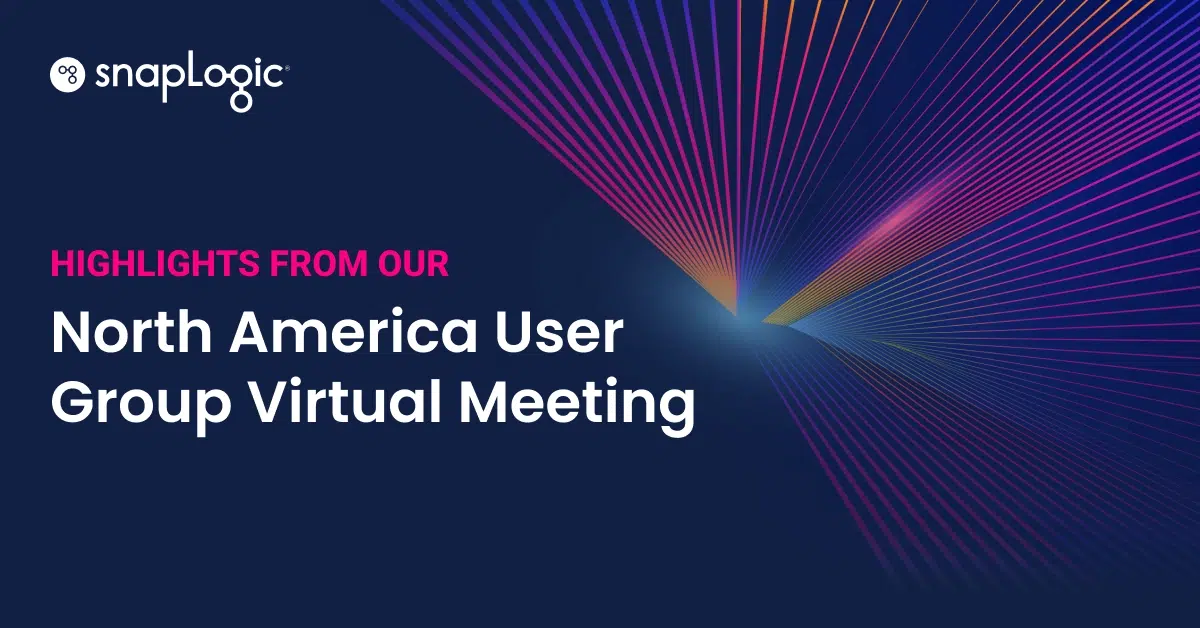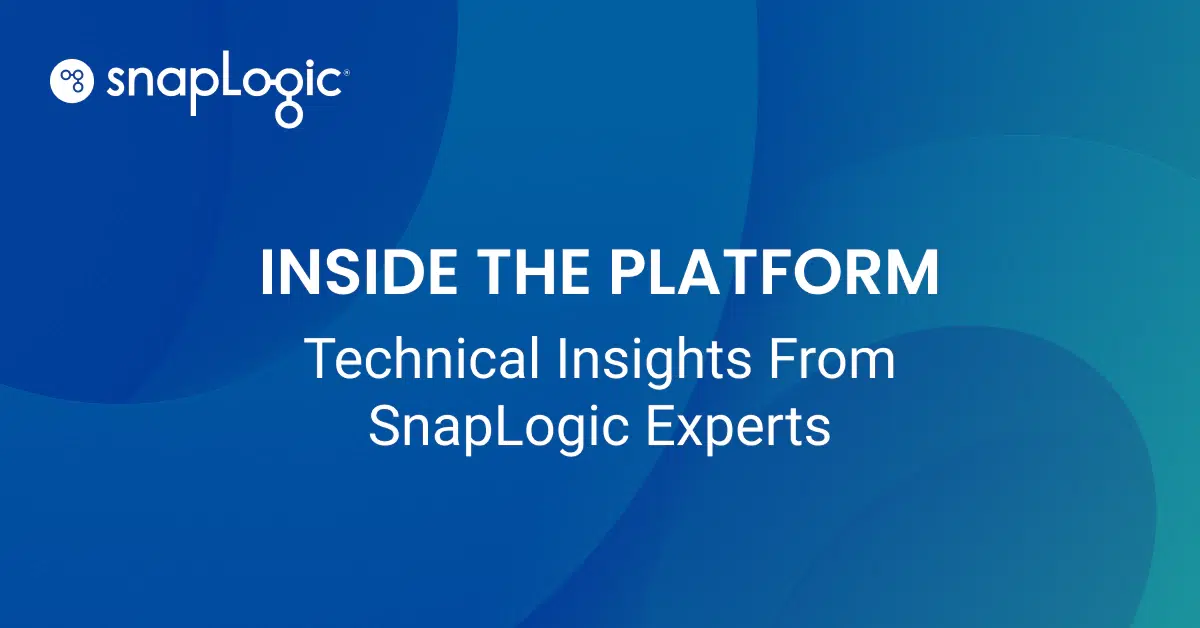Generative AI (GenAI) has taken the world by storm. The impact is evident both financially–with investments in GenAI reaching $21.3B in 2023–and in its widespread adoption, with 65% of respondents to a recent McKinsey survey reportedly using it in at least one business function, marking a significant increase from just one-third the previous year. However, exactly how or what will change remains murky at best. With industry leaders like Sam Altman warning of an AI apocalypse (see “p(doom)“), and Google showcasing AI’s capabilities in an Olympic ad where it helps children write fan letters, it’s no surprise that people are uncertain about where this technology is headed.
With this in mind, it’s helpful to focus on tangible, real-world use cases of GenAI that, while perhaps less thrilling, can make a meaningful, positive impact on the work being done by people and organizations today. One such use case we’ve identified, both internally and externally, is the automation and standardization of job descriptions. If you work in human resources (HR) or are curious about what GenAI can do with specificity right now, this blog is for you. We’ll cover:
- The importance of organizational structure in standardizing job descriptions
- How to automatically standardize and create job descriptions with GenAI
- Why this is an ideal use case for GenAI
- The benefits of automating job descriptions with GenAI for enterprises
- How to get started with this generative AI application at your company
Let’s jump in!
The importance of organizational structure in standardizing job descriptions
A well-defined organizational structure is crucial for ensuring clarity in roles and responsibilities throughout a company. It lays the foundation for creating job descriptions that are not only consistent but also aligned with the company’s overall business objectives. Below is an example of an organizational structure with common departments and seniority levels.
Example organizational structure
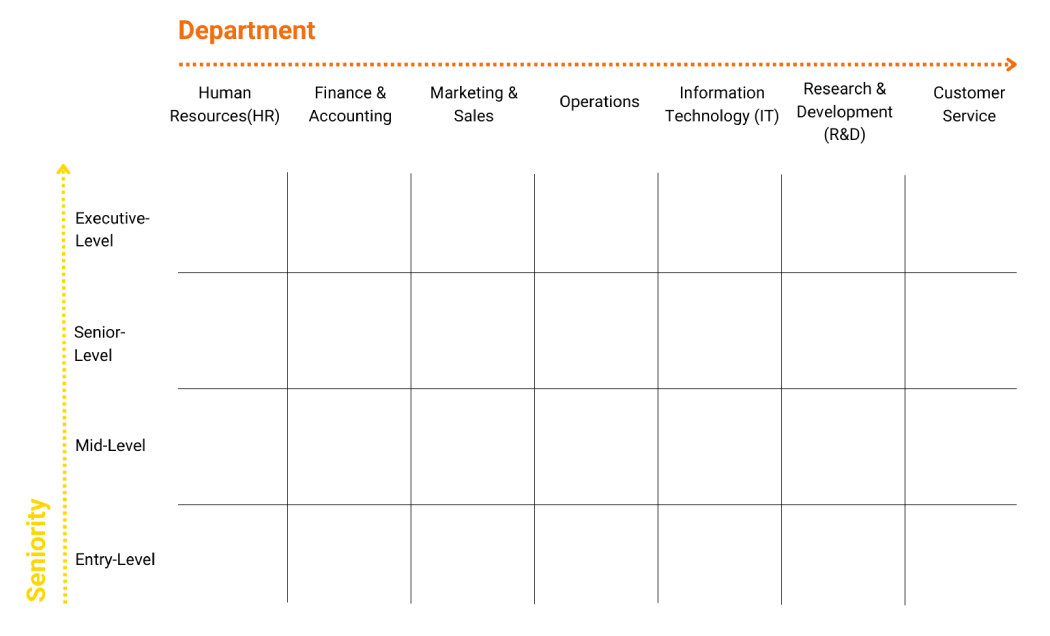
A Generative AI application that understands an organization’s structure can play a pivotal role in automating and adapting that structure as the company evolves. By comprehending hierarchy, roles, and inter-departmental relationships, the AI can pinpoint inefficiencies and suggest modifications that align with the company’s growth trajectory. As businesses scale or pivot, the AI can dynamically adjust the organizational structure, ensuring it remains optimized for new goals and challenges.
Automating organizational change with GenAI
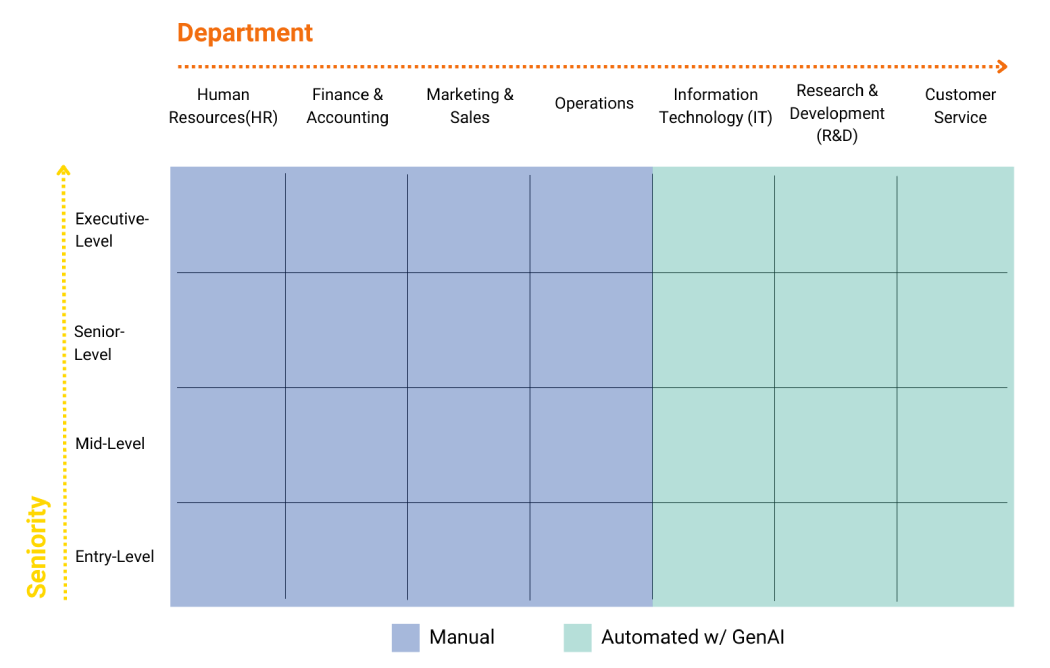
Automating the standardization and creation of job descriptions with GenAI
One of the most immediate and impactful applications of GenAI in HR is the ability to automatically standardize and create job descriptions. This process is not just about administrative efficiency; it plays a crucial role in ensuring that job roles are clearly defined, aligned with the organizational structure, and supportive of both internal and external pay equity.
Starting with standardization
Most companies have an existing collection of job descriptions that are often inconsistent in format, detail, and structure. These discrepancies can lead to confusion, misalignment, and even disparities in pay. By leveraging GenAI, organizations can automatically standardize these job descriptions, ensuring they adhere to a uniform structure that fits within the established organizational hierarchy. This standardization helps clarify roles, responsibilities, and expectations across departments and seniority levels.
Creating new job descriptions
As organizations grow and evolve, new roles and responsibilities emerge. GenAI can be used to create new job descriptions that not only meet the standardized format but are also tailored to fit seamlessly within the company’s existing structure. This ensures that new positions are clearly defined and aligned with both the organizational hierarchy and business objectives.
Supporting pay equity
Standardized job descriptions are a key component in maintaining both internal and external pay equity. When roles are clearly defined and consistently applied across the organization, it becomes easier to ensure that employees are compensated fairly based on their roles, responsibilities, and market benchmarks. This not only helps to prevent pay disparities but also supports an equitable and inclusive work environment, which is increasingly important to employees and stakeholders alike.
Visualizing the process
The image below illustrates how GenAI can transform an existing collection of unstandardized job descriptions into a standardized format, and how it can be used to automatically generate new, standardized job descriptions that fit within the organizational structure.
Example of GenAI-powered job description standardization and creation
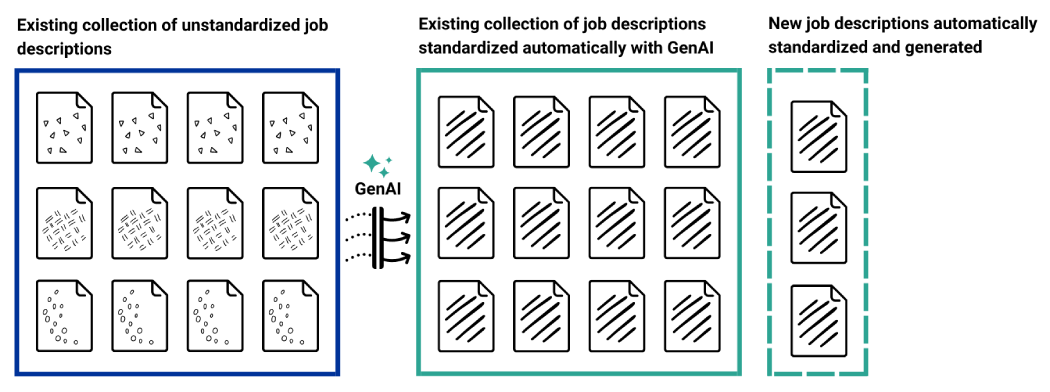
As GenAI standardizes and creates job descriptions, it ensures that each role fits seamlessly into the existing organizational hierarchy. The image below demonstrates how these standardized job descriptions are systematically organized within different departments and across various seniority levels.
Standardized job descriptions integrated into organizational structure
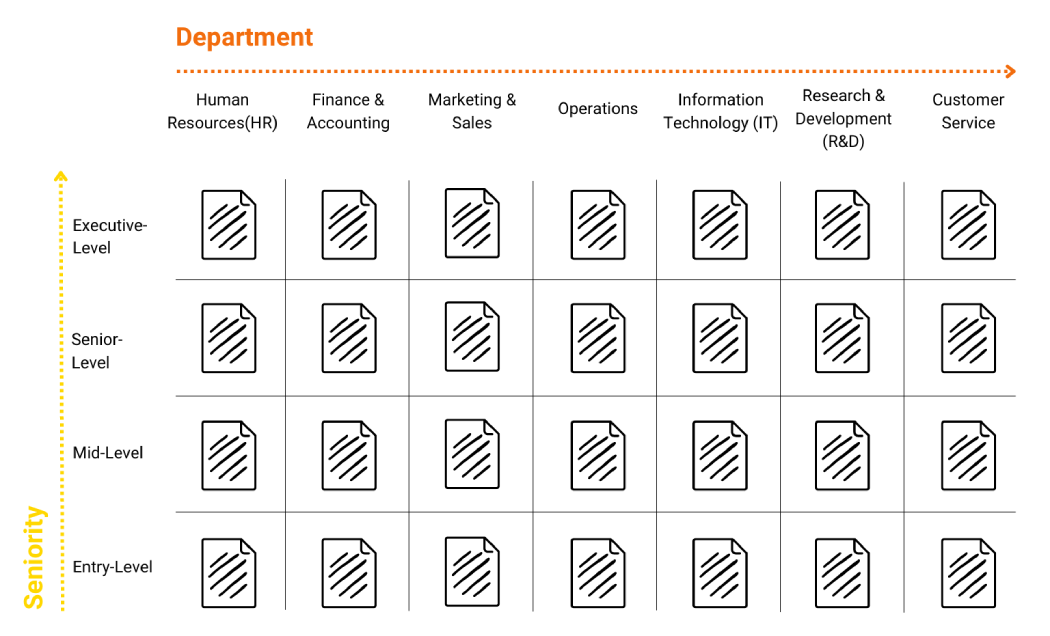
In this visual, you can see how job descriptions, once standardized by GenAI, are slotted into the company’s hierarchy. This alignment is crucial for maintaining clarity in roles and responsibilities, ensuring that every position — from entry-level to executive-level — fits within the broader organizational framework. By integrating these descriptions into the structure, companies can better manage roles and responsibilities while supporting consistent and fair compensation practices across the board.
Why this is an ideal use case for GenAI
While it’s easy to get caught up in the potential of artificial intelligence to do everything, it’s more constructive to look at specific use cases where GenAI can excel today. This HR use case is particularly well-suited for a GenAI-powered automation for several compelling reasons:
Margins of error
Generative AI is known to sometimes “hallucinate” or, more bluntly, fabricate information in its outputs. As this technology is rapidly adopted, significant efforts are being made to enhance its reliability. Strategies like using more specific prompts, defining guardrails, leveraging Large Language Model (LLM) precision modes, and incorporating fact-checking mechanisms are all being employed to mitigate these issues. While hallucinations remain a challenge, they are not insurmountable for businesses using this technology.
In the context of standardizing and automating job descriptions, the accuracy required is generally less stringent than in tasks like drafting legal documents, where even minor errors or misinterpretations can lead to serious consequences. This doesn’t mean that GenAI can’t be used for tasks demanding near-perfect accuracy, it just requires more careful design of the automation process and thorough review of the final outputs.
Foundational knowledge
If you’ve used GenAI solutions like ChatGPT in your work or personal life, you’ve likely discovered how crucial the specificity and detail in your prompt is to the quality of the output. Early in the recent GenAI hype cycle, there was a surge of high-paying jobs posted for “prompt engineers,” as companies sought specialists to maximize the potential of these advanced models.
As the technology has matured, it’s become clear that many knowledge workers will need to develop their own prompting skills to fully harness GenAI’s capabilities. Fortunately, most companies — regardless of size — already possess much of the foundational input required to build effective automation. This includes established organizational hierarchies and a corpus of existing job descriptions.
In addition to this internal data, companies often use compensation data from external sources to keep their offers competitive in the market. Coupled with known compensation for existing employees, this information can significantly enhance the performance and utility of a GenAI application designed to support HR departments and hiring managers.
Overcoming human mistakes
Traditionally, Business Processing Outsourcing (BPO) focused on automating repetitive tasks like data entry, where human errors are common due to the monotony and difficulty in maintaining focus. While BPO has evolved to handle more complex processes, including customer service and analytical tasks, these automations often still rely on rigid, rule-based systems. Generative AI, however, extends automation beyond mechanical tasks, offering the flexibility to handle more nuanced and complex responsibilities while still delivering the consistency that humans may struggle to achieve.
For example, in the process of writing job descriptions, integrating them within a dynamic organizational hierarchy, and assessing roles against both internal priorities and external market conditions, GenAI can maintain a level of consistency that is difficult to achieve with a group of people who have varying perspectives and priorities. Even something as seemingly straightforward as getting a cohort of hiring managers to consistently follow a standard template for job descriptions can be challenging, let alone addressing individual biases and preferences in role prioritization.
Internal human-in-the-loop (HITL)
Quality assurance in artificial intelligence often hinges on human oversight. Whether it’s during the training of a new model using methods like reinforcement learning with human feedback (RLHF), labeling large datasets, or reviewing AI output for quality and creating feedback loops, humans play a crucial role in many AI workflows. However, not all business units have the resources to maintain a dedicated team of reviewers, leading to much of this work being outsourced.
Fortunately, our HR use has a natural mechanism for human review: hiring managers. These managers, who are ultimately responsible for bringing in new talent, have a vested interest in reviewing AI-generated job descriptions. They ensure these descriptions accurately reflect the responsibilities of the role before they are posted internally or externally, providing an effective and built-in quality control process.
How this GenAI-powered automation benefits enterprises
Automating the standardization and creation of job descriptions, along with maintaining a dynamic organizational hierarchy, offers significant benefits to enterprises. By leveraging GenAI, companies can ensure that job descriptions are consistent, up-to-date, and aligned with both internal priorities and external market conditions. This reduces the time and effort required to create and update these documents, allowing HR teams to focus on more strategic tasks.
Moreover, automating this process minimizes human errors and biases, leading to more accurate and equitable job descriptions. It also facilitates better alignment between roles and the organization’s evolving structure, ensuring that each position is clearly defined and appropriately valued. This not only streamlines the hiring process but also improves internal mobility and talent management, ultimately contributing to a more efficient and competitive enterprise.
Getting started with this generative AI application at your company
As one of the leading data integration providers, SnapLogic has long been a trusted partner for enterprises seeking more flexibility and greater value from the information that drives their business. Positioned at the intersection of data, applications, and AI, SnapLogic is uniquely equipped to help your company leverage generative AI to automate and enhance critical processes like job description standardization and organizational hierarchy management.
With SnapLogic’s AgentCreator, you can quickly and effectively implement this automation within your organization, enabling you to streamline operations, reduce errors, and maintain a competitive edge in talent management.
